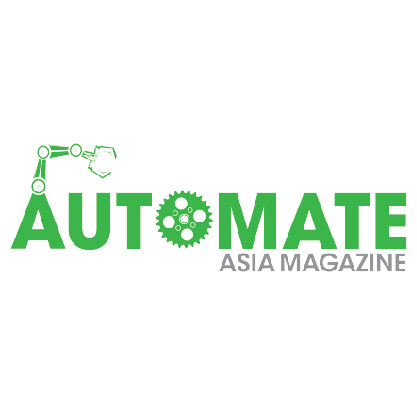The time is now: How to manufacture your smart factory with Industrial IoT
- Automate Asia Magazine

- Mar 5, 2020
- 3 min read
Discussions around the Internet of Things (IoT) mostly revolve around how it will impact our everyday lives. From drone-delivery of a pizza to turning your heating on from your phone, smart, connected devices have pervaded in recent years.
Yet far from consumers, perhaps one of the most lucrative applications for IoT is in the manufacturing industry. In fact, the IoT initiated the latest industrial revolution, commonly referred to as Industry 4.0, with the emergence of the smart factory: using an Industrial Internet of Things (IIoT) to create an intelligent, decision-making environment of connected devices and things with predictive, preventive, prescriptive, pre-emptive, proactive, i.e. basically autonomous decision making capabilities.

How manufacturers can benefit from the IIoT
Manufacturers are already adopting the IoT to help improve quality control, achieve operational efficiency, transform the customer experience and more. Manufacturers using the IoT are seeing return on their investment in the form of improved product quality; greater operational efficiency and safety; better inventory tracking; and more accurate demand forecasting. Some companies are also using technology as a differentiator to enhance customer experience.
And this is arguably just the beginning. Within the next five years, 85 percent of industrial companies are expected to have implemented Industry 4.0 technologies in all key business divisions. And according to Cisco, 61 percent of manufacturers who have implemented an IoT strategy believe “they have barely begun to scratch the surface of what IoT can do for their business”.
But there are barriers to overcome
Although the value of digital innovation is apparent, widespread adoption has been slow. This is due to a myriad of challenges. For many organisations, the biggest challenge is available talent — they simply don’t have the internal expertise to plan and execute digital innovation initiatives. With continued strain on IT budgets, organisations struggle to both manage the priorities of today and invest in the talent needed to help them transform their business.
A new report by PwC identified hiring more Internet of Things (IoT) engineers and data scientists – while training the wider workforce in digital skills – as a key change CEOs must implement if they want to maximise the benefits from digitisation of manufacturing.
Legacy technology is another factor holding manufacturers back. The average factory today is 25 years old, according to McKinsey, with machinery that’s approaching nine years old. Before any plans of integrating the IoT can begin at these plants, they must first upgrade equipment to enable digital readiness. Driven by immediate goals of reducing costs and returns, some manufacturing companies have deferred technology investment.
However, lack of IoT integration isn’t necessarily due to an unwillingness to invest. Organisations will pursue digital innovation, but many of these projects end up failing. According to the Cisco study 74 percent of companies that begin an IoT initiative fail. This can happen when projects go over budget, deployment times run too long, interoperability issues occur across legacy platforms or planning, and resources aren’t allocated appropriately.
No quick fix
The move to a smart factory isn’t a quick fix. Implementing a robust IoT strategy is an investment of time and resources. But if done right, you’re already ahead of the changing marketplace.
Knowing where to begin and what to solve is the first step of a successful IoT journey. It’s important to start with the data. You must take a data-driven view to come up with a hypothesis of what you’re trying to solve. And ask yourself ‘what are our short- and long-term goals?’ Selecting a dedicated team to innovate and work quickly to test and learn will be key to this.
Don’t feel held back by a budget. Although the rapid evolution of technology may be daunting to some, the quick churn of technology advancements also lowers costs as cutting-edge technology becomes more commonplace. This is true for some robotics and other analytics software — making the initial capital investments more palatable.
Businesses should also recognise when outside help is needed. Finding a trusted partner who specialises in IoT solutions can help you plan, deploy and maintain with minimal disruption to your daily operations. And, as with any large initiative, proper planning is key. You need to take time to communicate with all facets of the business.
Why the time to invest in the smart factory is now
Manufacturers must be ready to answer accelerated product cycles, master agility for changing market demands and navigate fragmented markets. Therefore, digital transformation should no longer be a wish list item — it’s a business imperative. Integrating the IoT can help manufacturers to stay ahead of the curve – by reducing operational costs, producing better products, minimising risks, optimising processes and ultimately creating better customer experiences.
Source: https://www.iottechnews.com/





-01.jpg)


